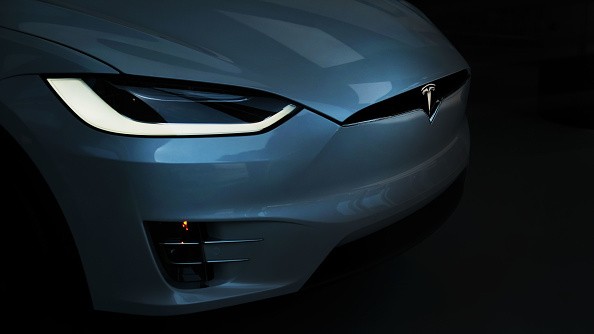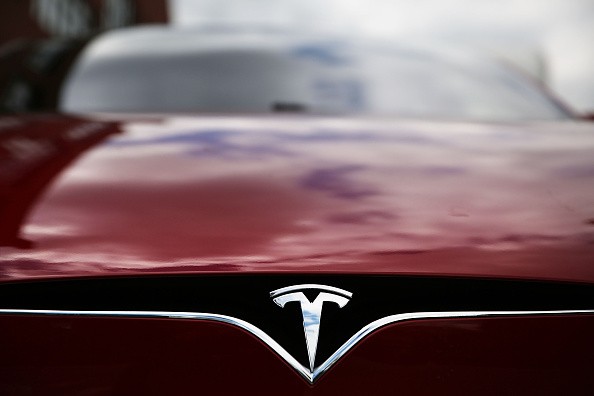A new Tesla radar appeared in a leaked FCC filing, which is quite surprising since the automaker already removed its EV radars back in 2021.

In 2016, the EV manufacturer claimed it already had all the hardware needed for its perfect self-driving tech and future software updates.
But, Tesla FSD is far from complete since more enhancements are still needed before drivers can use it without paying attention to the road.
Now, it seems like a new radar will be used by Tesla in its EVs.
New Tesla Radar Appears in FCC Filing
According to Electrek's latest report, Tesla recently removed the front-facing radar and ultrasonic sensors from its electric cars.

These are all part of the new Tesla Vision approach, the automaker's method of using only camera sensors because people use their eyes (vision) to drive on the road.
This is why many enthusiasts are surprised that Tesla's new FCC filing includes a radar for its EVs.
Based on the leaked documents, Tesla will market the new radar device as early as January 2023.
To learn more about the latest FCC filing of the automaker, you can check the Twitter post of @Taka87:
Why Tesla Removed Radar Sensors?
CNBC reported that radar sensors are very expensive to integrate into electric cars.
Processing data is also more complicated since radar sensors require more computing power.
Because of these major reasons, Tesla decided to remove the radar components from its electric vehicles.
The automaker also explained that a vision-only system is all it needs to achieve fully autonomous vehicles.
You can click here to learn more about why Tesla decided to remove its EV radar sensors.
Aside from its self-driving innovation, Tesla is also enhancing its other products.
Recently, the Tesla Giga South Korea is expected to be constructed.
The Tesla Full Self-Driving Beta was launched in the United States.
For more news updates about Tesla and other EV makers, keep your tabs open here at TechTimes.
Related Article : Tesla's Electric Semi Truck Defies Bill Gates' Doubts After Completing a 500-Mile Run on a Single Charge

ⓒ 2026 TECHTIMES.com All rights reserved. Do not reproduce without permission.




